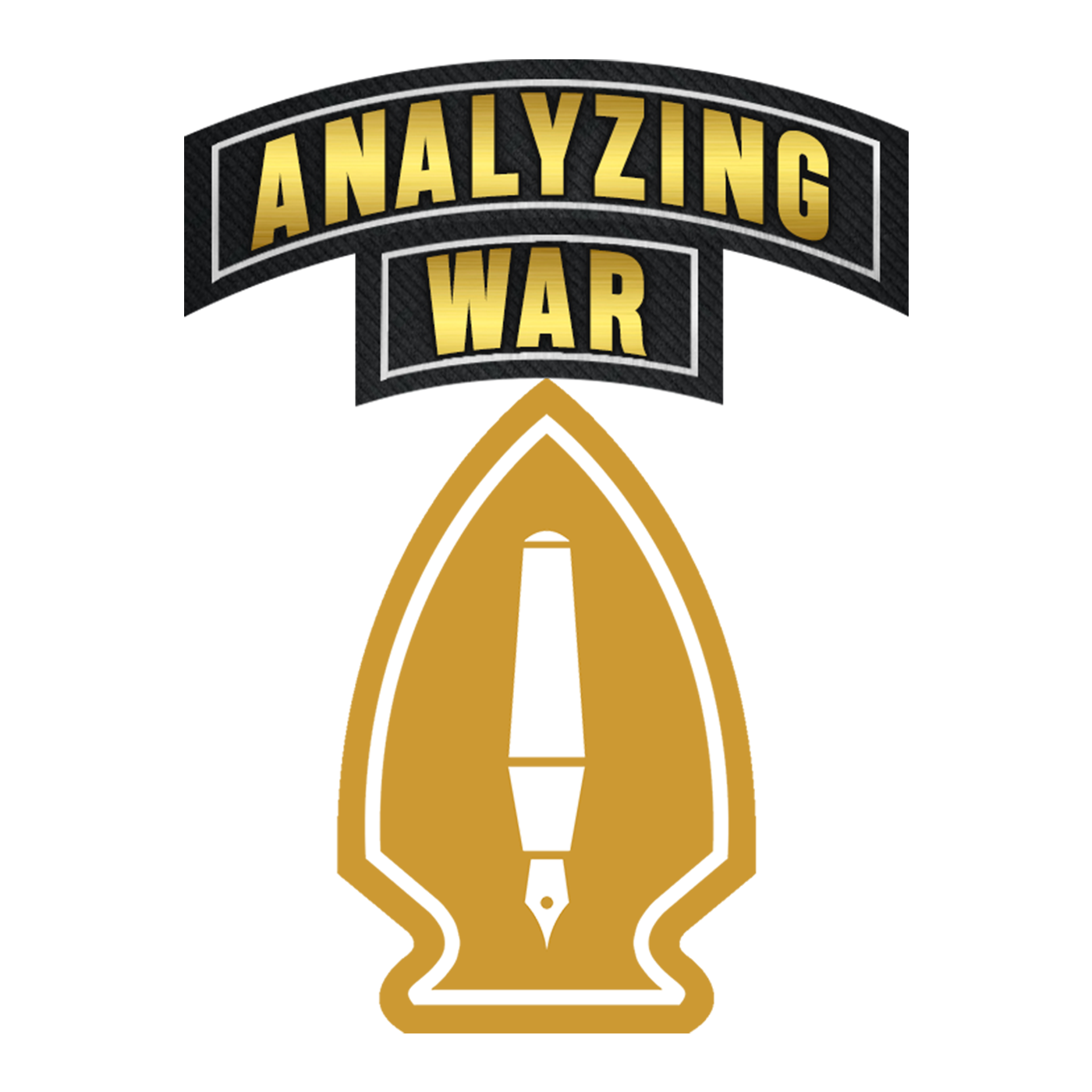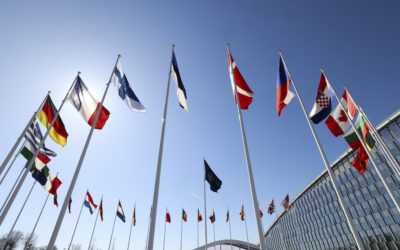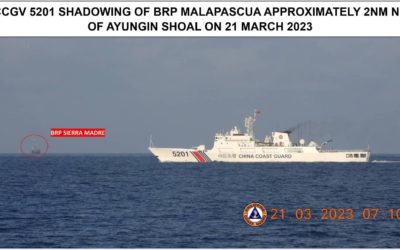The Marine Corps is ready to use its new formation developed for the island-to-island fight of the future in a major joint exercise in the Indo-Pacific for the first time.
After conducting a service-level exercise in California and Arizona earlier this year, the Marine Corps will now scale that experimentation to the naval and joint force level during exercise Balikatan in the Philippines.
Evaluating Extended Deterrence at the U.S.-South Korea Summit
Evaluating Extended Deterrence at the U.S.-South Korea Summit
Evaluating Extended Deterrence at the U.S.-South Korea Summit
The Washington Declaration offers concrete and visible U.S. efforts to reinforce its extended deterrence commitment to South Korea, but the media response to its implications has been mixed.
On April 26, U.S. President Joe Biden welcomed South Korean President Yoon Suk-yeol to the White House for a summit meeting to celebrate the seventieth anniversary of the U.S.-South Korea alliance and open a new chapter for the next seventy years of expanded cooperation. Amid a substantial list of topics discussed by the two leaders, extended deterrence emerged as the top deliverable.
In the joint press conference that followed the meeting, Biden and Yoon announced the Washington Declaration, which outlines strengthened U.S. pledges for signaling its extended deterrence commitment to South Korea. The two governments established the Nuclear Consultative Group (NCG), which involves a stepped-up role for South Korea by engaging in joint nuclear planning and decision-making with the United States. Yoon hailed the agreement as an unprecedented broadening and strengthening of extended deterrence to new levels. The declaration also includes U.S. efforts to enhance the visibility of its defense commitment, most notably through the upcoming visit of a U.S. ballistic missile submarine (SSBN) to South Korea. Unlike the nuclear arrangements within NATO, the Washington Declaration does not forward deploy U.S. tactical nuclear weapons to South Korea. Nor does the agreement grant the South Korean president shared authority on nuclear-use decisions in the event of a contingency on the Korean Peninsula.
As part of the Washington Declaration, South Korea acknowledged its continued reliance on U.S. nuclear deterrence and reaffirmed its commitment to the Nuclear Nonproliferation Treaty (NPT) as well as the U.S.-South Korea Agreement for Cooperation Concerning Peaceful Uses of Nuclear Energy. The declaration counters domestic calls in South Korea to reduce its reliance on the United States for the country’s defense and survival by withdrawing from the NPT and developing nuclear weapons. However, Yoon pledged that strengthened coordination and consultations under the NCG should relieve South Korean concerns over its vulnerability to North Korea’s nuclear weapons.
The Washington Declaration symbolizes a clear display of U.S. defense commitment amid South Korean public debates over the independent acquisition of nuclear weapons. A growing number of South Koreans have argued that South Korea should possess nuclear weapons to more effectively deter North Korean provocations and to achieve the country’s invulnerability to future security threats. However, the Washington Declaration affirms that the Yoon administration will not incur damage to the U.S.-South Korea alliance by unilaterally pursuing nuclear weapons. With South Korea’s nonproliferation commitment reiterated in the agreement, South Korean efforts to strengthen its defense and security posture in response to growing North Korean capabilities will continue to work alongside alliance mechanisms and the global nonproliferation regime.
Initial South Korean media responses to the announcement of the Washington Declaration have been mixed. Joongang Ilbo welcomed the agreement as a “practical compromise” between the United States and South Korea in response to growing security uncertainties, and Hankook Ilbo praised the NCG for providing a beneficial bilateral mechanism that reflects South Korean perspectives. However, both media editorials stressed the need for reliable follow-up measures to ensure effective implementation. Donga Ilbo also offered a pragmatic assessment of the Washington Declaration, noting that the agreement signaled a strong U.S. commitment to addressing the escalating North Korean nuclear threat but that it did so by reaffirming the “asymmetry of the alliance.”
The conservative Chosun Ilbo newspaper provided a more critical view by referencing the high price paid by South Korea, specifically the tightening of the “shackle” placed on South Korea’s ability to defend itself. The progressive Hankyoreh newspaper also highlighted the importance of pursuing dialogue and diplomacy with North Korea alongside strengthening extended deterrence, with the progressive Kyunghyang newspaper emphasizing the need for South Korea to preserve its relationships with China and Russia to uphold the country’s top priority of peace on the Korean Peninsula. In particular, a Korea Times editorial argued that the most consequential outcome of the agreement was turning China and Russia into “de facto adversaries” of South Korea.
Despite the significance of the Washington Declaration in promoting an increased South Korean role within U.S. extended deterrence, both conservative and progressive news outlets have pointed out the limitations of the agreement in addressing the fundamental issue at the core of South Korean security concerns: North Korea’s nuclear arsenal. In this sense, the South Korean public and media may pay particular attention to the regional ramifications of enhanced U.S.-South Korean nuclear cooperation, namely the potential increase in North Korean provocations and strains on South Korea’s bilateral relationships with China and Russia.
The Washington Declaration offers concrete and visible U.S. efforts to reinforce its nuclear umbrella to South Korea, but it will require continued U.S. assurance to the South Korean public that the safety and survival of South Korea is in U.S. vital interests. According to a recent poll, 64.3 percent of South Koreans support an independent nuclear weapons program and the number only drops to 54.7 percent when participants factor in the cost of international sanctions. Thus, the United States should also redouble cooperative and diplomatic efforts to alleviate the deteriorating security situation on the Korean Peninsula. It remains to be seen how the new measures outlined in the Washington Declaration will affect South Korea’s nuclear debate and inter-Korean relations. The question going forward is whether most South Koreans will find any measure short of nuclear weapons in South Korea or South Korean hands on the nuclear button to be sufficient in addressing their concerns.
Republished from the Council on Foreign Relations under a Creative Commons license in the United States.

Jennifer Ahn is the research associate for Korea studies at the Council on Foreign Relations.
Related Articles
Finland, NATO and the evolving new world order – what small nations know
In the world of geopolitics, great powers make, break and play by their own rules. Smaller states largely have to make do with adjusting to the world as determined by others.
Which is why the decision by Finland – a country of just 5.5 million people, noted for decades as a neutral presence in Europe – to join NATO is so important. It underscores just how the Russian invasion of Ukraine has upset global realities long thought settled, at least by the Western powers.
Chinese War Ships, Cutters Still Sailing Near Philippine Holdings in South China Sea
China Coast Guard ships and a People’s Liberation Army Navy (PLAN) corvette continue to operate around Philippine holdings in the Spratly Islands along with Chinese-flagged civilian ships, the Philippine Coast Guard (PCG) said Thursday.



